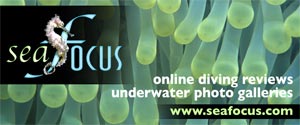- Home
- Directory
- Shop
- Underwater Cameras - Photographic Accessories
- Smartphone Housings
- Sea Scooters
- Hookah Dive Systems
- Underwater Metal Detectors
- Dive Gear
- Dive Accessories
- Diving DVD & Blu-Ray Discs
- Diving Books
- Underwater Drones
- Drones
- Subscriptions - Magazines
- Protective Cases
- Corrective Lenses
- Dive Wear
- Underwater Membership
- Assistive Technology - NDIS
- On Sale
- Underwater Gift Cards
- Underwater Art
- Power Stations
- Underwater Bargain Bin
- Brands
- 10bar
- AOI
- AquaTech
- AxisGo
- Backscatter Underwater Video and Photo
- BLU3
- Cayago
- Chasing
- Cinebags
- Digipower
- DJI
- Dyron
- Edge Smart Drive
- Eneloop
- Energizer
- Exotech Innovations
- Fantasea
- Fotocore
- Garmin
- Geneinno
- GoPro
- Hagul
- Hydro Sapiens
- Hydrotac
- Ikelite
- Indigo Industries
- Inon
- Insta360
- Intova
- Isotta Housings
- Jobe
- JOBY
- Kraken Sports
- LEFEET
- Mirage Dive
- Nautica Seascooters
- Nautilus Lifeline
- NautiSmart
- Nitecore
- Nokta Makro
- Oceanic
- Olympus
- OM System
- Orca Torch
- Paralenz
- PowerDive
- QYSEA
- Scubajet
- Scubalamp
- Sea & Sea
- SeaDoo Seascooter
- SeaLife
- Seavu
- Shark Shield
- Sherwood Scuba
- Spare Air
- StickTite
- Sublue
- Suunto
- SwellPro
- T-HOUSING
- Tusa
- U.N Photographics
- Venture Heat
- XTAR
- Yamaha Seascooter
- Youcan Robot
Diving Papua New Guinea - Milne Bay
Contributed by Chris Bartlett
Text and Images by Christopher Bartlett
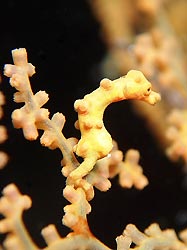 Is there another country anywhere with so much
diversity? The six
million inhabitants of this nation of mountains and islands are spread
over 463,000 km2 of mountainous tropical forests, and speak
over 800 different languages (12% of the world total). Papua New Guinea
occupies half of the third largest island in the world and 160 other
islands and 500 named cays.
Is there another country anywhere with so much
diversity? The six
million inhabitants of this nation of mountains and islands are spread
over 463,000 km2 of mountainous tropical forests, and speak
over 800 different languages (12% of the world total). Papua New Guinea
occupies half of the third largest island in the world and 160 other
islands and 500 named cays.
Located just south of the equator and to the north of Australia, PNG is a diver's paradise with the 4th largest surface area of coral reef ecosystem in the world (40,000 km2 of reefs, seagrass beds, and mangroves in 250,000 km2 of seas), and underwater diversity with 2500 species of fish, corals, and molluscs. There are more dive sites than you can shake a stick at, with many more to be discovered, and barely a diver on them. The dive centres are so far apart that there is only ever one boat at any dive site.
It is one of the few places left in the world where a diver can see macro critters, pelagics, and big stuff, as well as fantastic soft and hard corals. The often misused and abused adjective “pristine” is actually appropriate here, due to low fishing pressure in the area in comparison to other areas of the Coral Triangle, no dynamite fishing, and thanks to a system implemented by dive resorts whereby local reef "owners" receiving a small fee for every diver that visits "their" reef. As a result elders make sure that the reefs are not fished.
 So, where to go? We set of on a
four-resort tour to the north and
the south taking in the provinces of Oro, New Ireland and Milne
Bay. Read below the second instalment of this story. Part I covers
Oro, and Part II New Ireland.
So, where to go? We set of on a
four-resort tour to the north and
the south taking in the provinces of Oro, New Ireland and Milne
Bay. Read below the second instalment of this story. Part I covers
Oro, and Part II New Ireland.
MILNE BAY
Purpose-built Tawali resort is hidden in the tropical forests on top of a limestone on the eastern cape of Papua New Guinea, a two-hour drive and ten-minute boat ride from Alotau airport. A wooden walkway leads up from the jetty to the smart reception area, restaurant, and rooms. Milne Bay province got its reputation as a premier dive site through liveaboards started by Bob Halstead, one of the pioneers of PNG diving, with the MV Telita. In 2004 Rob Van Der Loos, owner of the MV Chertan liveaboard, and Bob Hollis, the owner of Oceanic, starting building a resort to cater for divers who prefer more a luxurious between-dive setting.
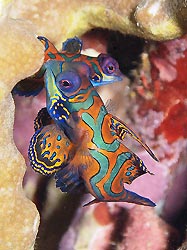 Arriving late in the afternoon and
only having three days for
diving, genial dive centre manager and instructor Alfred organised a
house reef dive as soon as we had dropped our bags off. The house reef
is large enough to occupy curious divers for several days. As with
Tufi’s house reef, a plethora of the oceans’ most intriguing creatures
can be found very close to the jetty. Warty Frogfish, a rather bold
octopus, and another Mandarinfish inhabited coral head were all within
15 metres of the ladder.
Arriving late in the afternoon and
only having three days for
diving, genial dive centre manager and instructor Alfred organised a
house reef dive as soon as we had dropped our bags off. The house reef
is large enough to occupy curious divers for several days. As with
Tufi’s house reef, a plethora of the oceans’ most intriguing creatures
can be found very close to the jetty. Warty Frogfish, a rather bold
octopus, and another Mandarinfish inhabited coral head were all within
15 metres of the ladder.
Diving is conducted from a converted tuna fishing boat, and seemed like considerable overkill when we walked down the next morning with two other divers. It could have comfortably taken five times our number. Still, it soon proved its worth in the chop as we ploughed along for an hour to Crinoid City. The surface current was pretty strong, but a judiciously placed rope running the length of the hull and down to the mooring point made hand-over-hand progress easy. The aptly named site is a good place for Merlet’s Scorpionfish as it likes to hide amongst the crinoids, and Alfred soon spotted a green one.
 Dinner at Tawali had a slightly
more formal feel to it than the
other resorts, partly because it is the only one where couples have
their own table, and partly because the topside staff, on the contrary
to their dive crew counterparts, were more reserved than at the other
resorts. They paid less attention to details, with the drawing pin in
my soup that I almost swallowed being the most memorable.
Dinner at Tawali had a slightly
more formal feel to it than the
other resorts, partly because it is the only one where couples have
their own table, and partly because the topside staff, on the contrary
to their dive crew counterparts, were more reserved than at the other
resorts. They paid less attention to details, with the drawing pin in
my soup that I almost swallowed being the most memorable.
The next day the sea was totally flat, like an oil bath, though the current still made for fast drift dives and challenging photo composition. It was clear to see where the area got its reputation with more fish-and-coral-covered reefs. Local guides Jacob and Charlie also had a keen eye for pygmies, and pointed out three different sub-species that morning, before spotting a Bamboo Shark snoozing under a small coral head.
Whilst these reefs were all good, Deacon’s reef was, due to its unique topography and more sheltered nature, the stand-out site that we visited. Located next to the shore of the mainland it starts as a sheer wall dive that ends in a series of shallow stone gullies and passages and gives a feeling of flying through a mini underwater mountain range or a moonscape dotted with clumps of long whip coral strands.
Just round the corner lies Lauadi, Tawali’s best muck diving site.
Devoid of any coral, the anthracite grey volcanic sand slopes down into
the depths on a 30 degree angle.
Lurking in the sand, hiding behind tiny bits of rubble, and sitting
on wood debris a Pacific Seahorse, a 1-cm wide squat lobster, an
Emperor Shrimp, a pasta-like flabellina , and several more anemonefish
allowed themselves to be digitally captured.
It was the last dive of the trip and it was ending with another great dive. The other three divers and two guides had gone, and even Charlie was starting to look a little bored. I had been down 65 minutes already, it was time to go back to the boat. Unfortunately, close to the shore at a depth of five metres, we went past a three metre by three metre patch of rubble and coral. I tried not to look at it. I failed and a Zebra Dwarf Lionfish caught my eye, and then so did an eel, and a Peacock Mantis Shrimp scurried under two more lionfish. I shrugged apologetically and Charlie emptied his BC and lay down on the sand. PNG had turned out to be highly addictive.
ANNUAL GOROKA CULTURAL FESTIVAL OR SING-SING
Over the three-day weekend closest to the September 16th
Independence Day, close to 100 tribes gather at Goroka in the Eastern
Highlands for a celebration of their cultural diversity. Only a couple
of hundred foreigners attended this spectacular and unique event. Last
year, I was one of them. It was my first time, but will surely not be
my last. 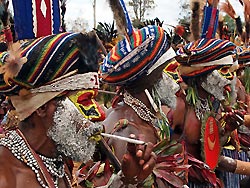 Amidst a riot of colour, singing,
dancing, and feathers I
wandered through the field of performers, taking pictures and trying to
chat with the different tribes.
Amidst a riot of colour, singing,
dancing, and feathers I
wandered through the field of performers, taking pictures and trying to
chat with the different tribes.
Although the dancers were keen to pose for the camera and readily struck a pose, it is far from a show designed for tourists. Quite the opposite in fact. The first “Goroka Show” was held in 1957, the brain-child of administrators and missionaries trying stop virulent inter-tribal conflicts and implemented by Australian Patrol Officers (PNG was under Australian administration until peaceful independence was arranged in 1975). Instead of fighting over ancient feds and cultural differences, the idea was to get together and celebrate diversity, take part in competitions, and intermix peacefully.
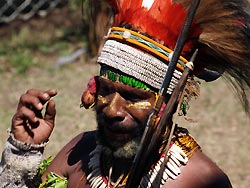 As unlikely as it sounds, the idea
worked, and fifty three years on
is still going strong. There are no longer any competitions (I can
imagine the archery and spear throwing competitions were hotly
contested and probably not the best way to promote peace), not even for
dancing or singing. Quite rightly, the organisers feel that one cannot
say that one cultural dance is better than another without giving the
feeling that the culture itself is being judged. Nowadays each group
has a section of the showgrounds and dances and sings there from 10 am
to 4 pm each day.
As unlikely as it sounds, the idea
worked, and fifty three years on
is still going strong. There are no longer any competitions (I can
imagine the archery and spear throwing competitions were hotly
contested and probably not the best way to promote peace), not even for
dancing or singing. Quite rightly, the organisers feel that one cannot
say that one cultural dance is better than another without giving the
feeling that the culture itself is being judged. Nowadays each group
has a section of the showgrounds and dances and sings there from 10 am
to 4 pm each day.
There were a considerable number of women’s groups, wearing more
birds in their headdresses than you’d find in a Philipino smuggler’s
suitcase, their glimmering breasts sporting as many kina shells as they
possess in order to display their wealth. Fierce-looking Silimbuli
warriors with blackened faces in huge
hair-woven berets jumped up and
down in unison to the rhythm of their kundu drums, dissuading any
challenge. Brightly coloured Mount Hagen warriors formed a formidable
spear line, but chanted and whistled cheerily whilst grass-skirted
Engan ladies danced and sang as their men beat out a tune on bamboo
(and hardware store PVC) pipes with flip-flops. One tribe had giant
bird and butterfly frameworks on their backs in a sort of Rio Carnival
style, others acted out stories about spirits and ancestors in song,
shaven headed children with their hair made into beards playing the
roles of pygmy ghosts. Hornbill beaks and wild pig tusks were proudly
worn, and grasses and leaves used as dress and decoration in a myriad
of ways. Every tribe was stunning, with one exception.
with blackened faces in huge
hair-woven berets jumped up and
down in unison to the rhythm of their kundu drums, dissuading any
challenge. Brightly coloured Mount Hagen warriors formed a formidable
spear line, but chanted and whistled cheerily whilst grass-skirted
Engan ladies danced and sang as their men beat out a tune on bamboo
(and hardware store PVC) pipes with flip-flops. One tribe had giant
bird and butterfly frameworks on their backs in a sort of Rio Carnival
style, others acted out stories about spirits and ancestors in song,
shaven headed children with their hair made into beards playing the
roles of pygmy ghosts. Hornbill beaks and wild pig tusks were proudly
worn, and grasses and leaves used as dress and decoration in a myriad
of ways. Every tribe was stunning, with one exception.
The famed Asaro mudmen, with their white clay-covered bodies and giant clay masks used to make victims believe they were being attacked by spirits, mainly sat in the shade and tried to sell masks and clay models despite the cajoling of the organisers. They seemed to do little trade, the 200-odd foreign visitors were mainly engrossed in the rest of the action.
You can stay in the madly expensive Bird of Paradise hotel in town, or use the basic but clean and safe accommodation provided by the National Sports Institute right next to the showgrounds and save about 150 euros each per night and eat for about 5 euros per day.
Shopfront
-
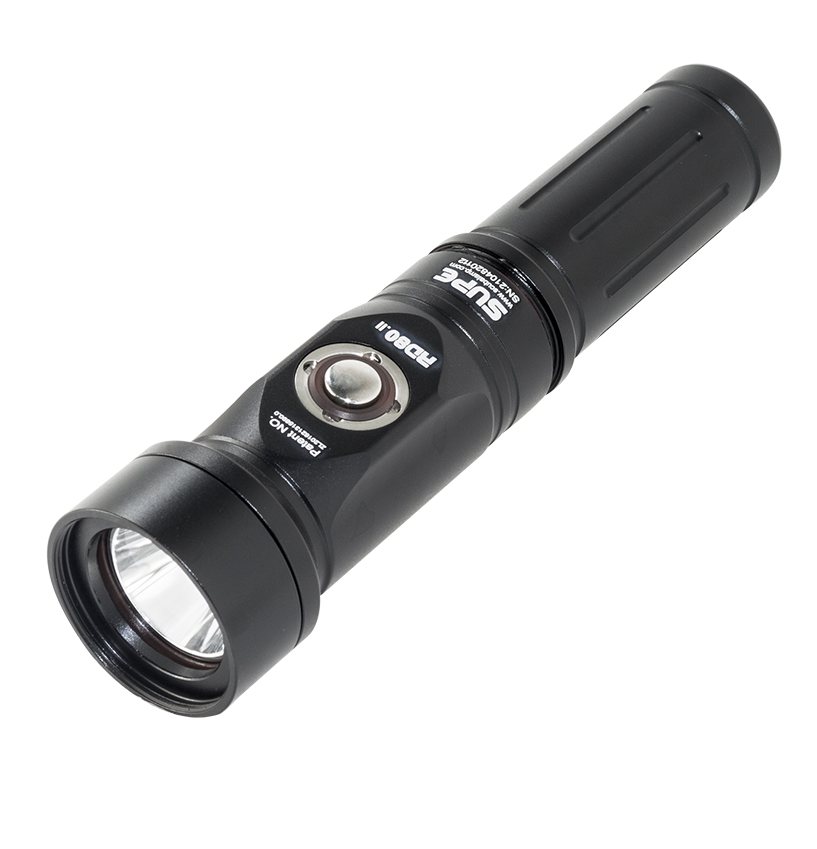 Scubalamp RD80 V2 LED Dive Light - 1500 lumens
Scubalamp RD80 V2 LED Dive Light - 1500 lumens
- Price A$ 119.00
-
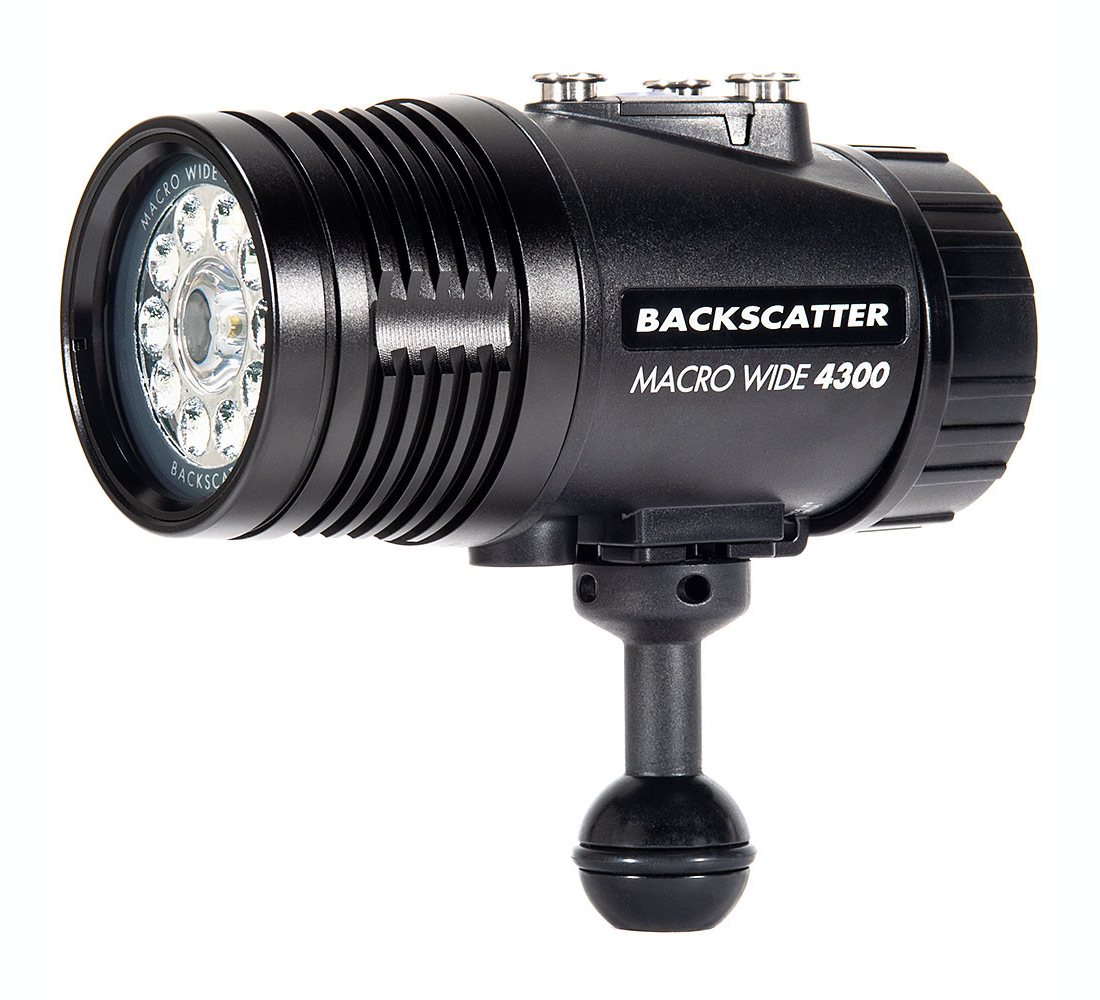 Backscatter Macro Wide 4300 Underwater Video Light MW-4300
Backscatter Macro Wide 4300 Underwater Video Light MW-4300
- Price A$ 889.00
-
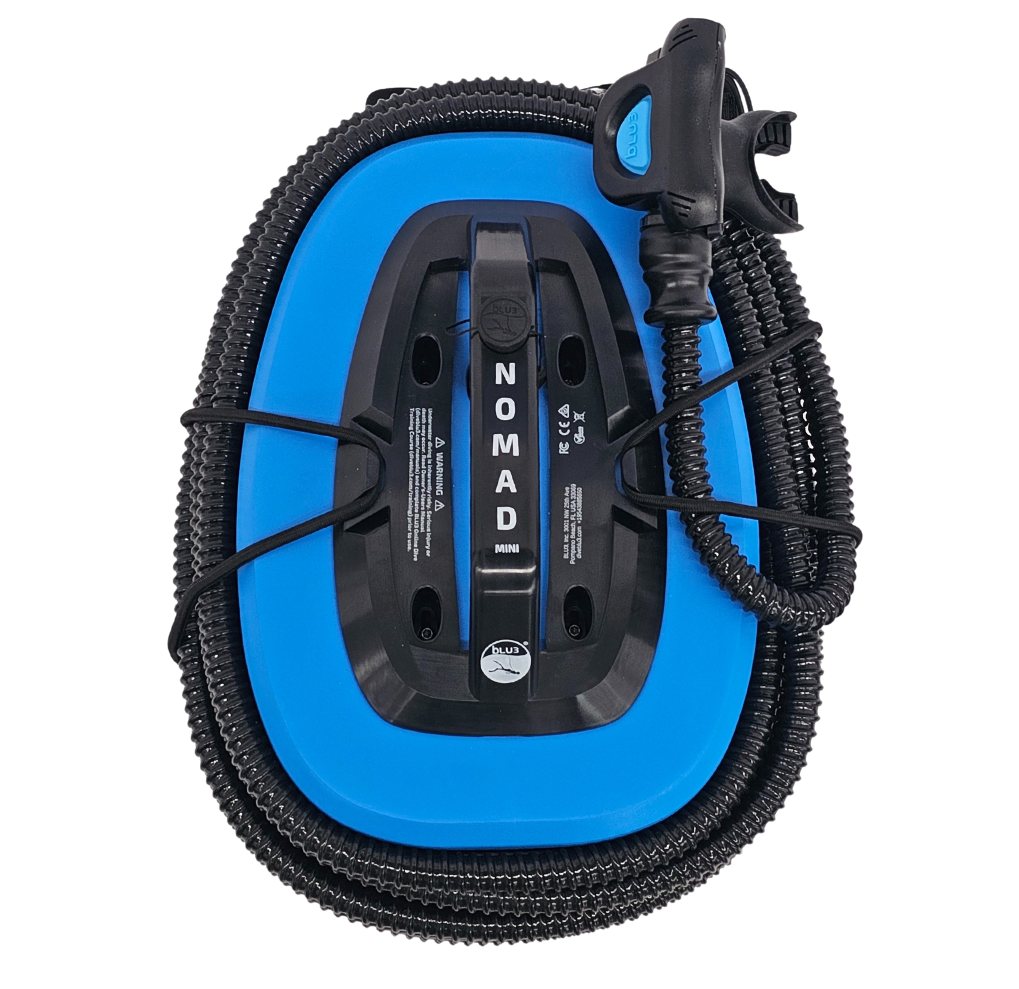 Nomad Mini by BLU3 - Compact dive system - 15 feet
Nomad Mini by BLU3 - Compact dive system - 15 feet
- Price A$ 2,549.00
-
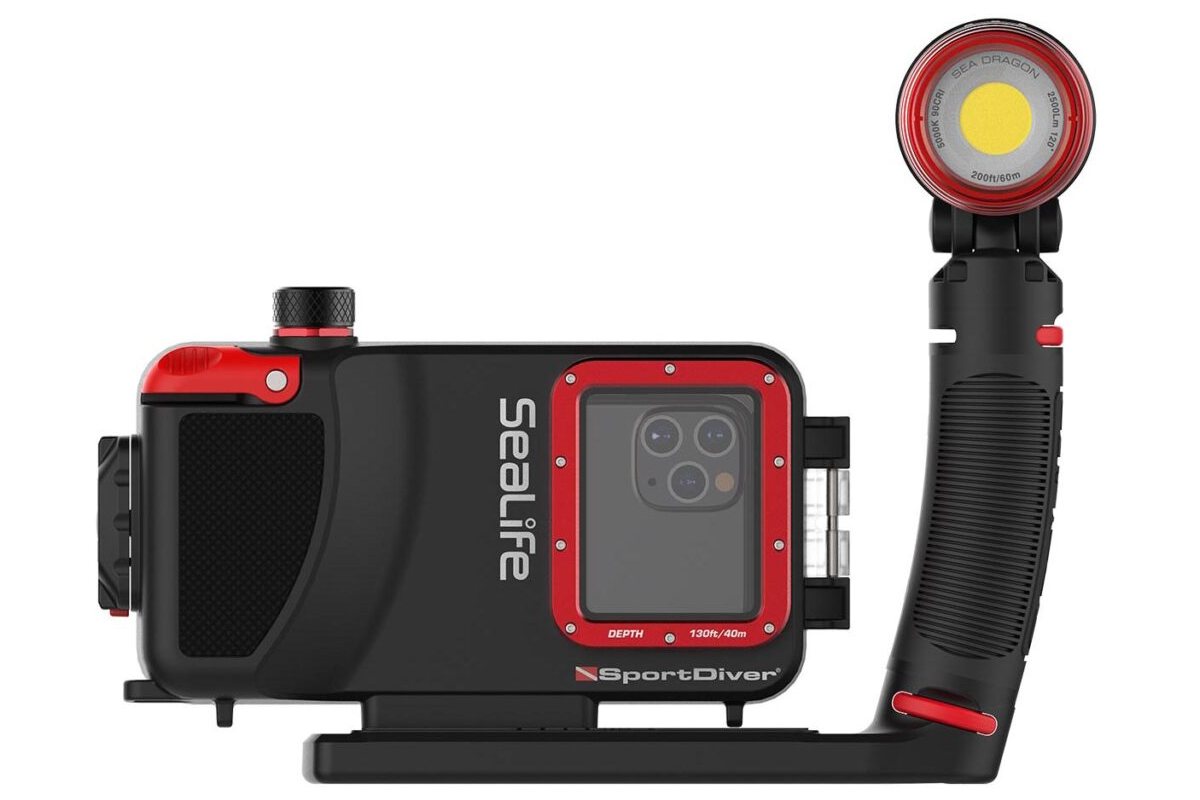 SeaLife - SportDiver Pro 2500 Set
SeaLife - SportDiver Pro 2500 Set
- Price A$ 1,299.00
-
 Kraken Sports KR-S80 Strobe
Kraken Sports KR-S80 Strobe
- Price A$ 889.00
-
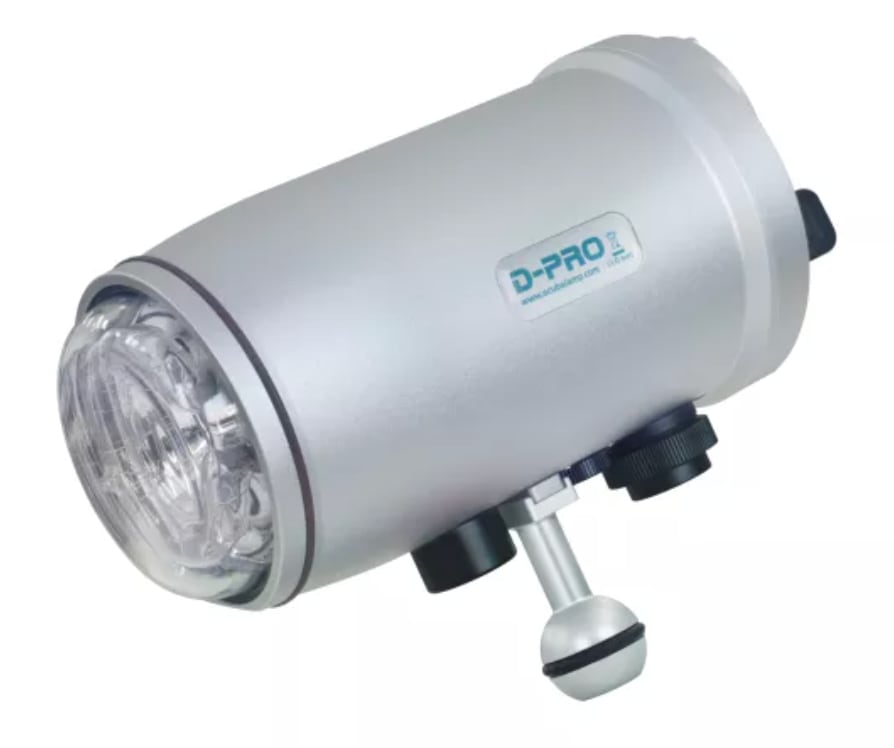 Scubalamp D-Pro Underwater Strobe
Scubalamp D-Pro Underwater Strobe
- Price A$ 1,199.00
-
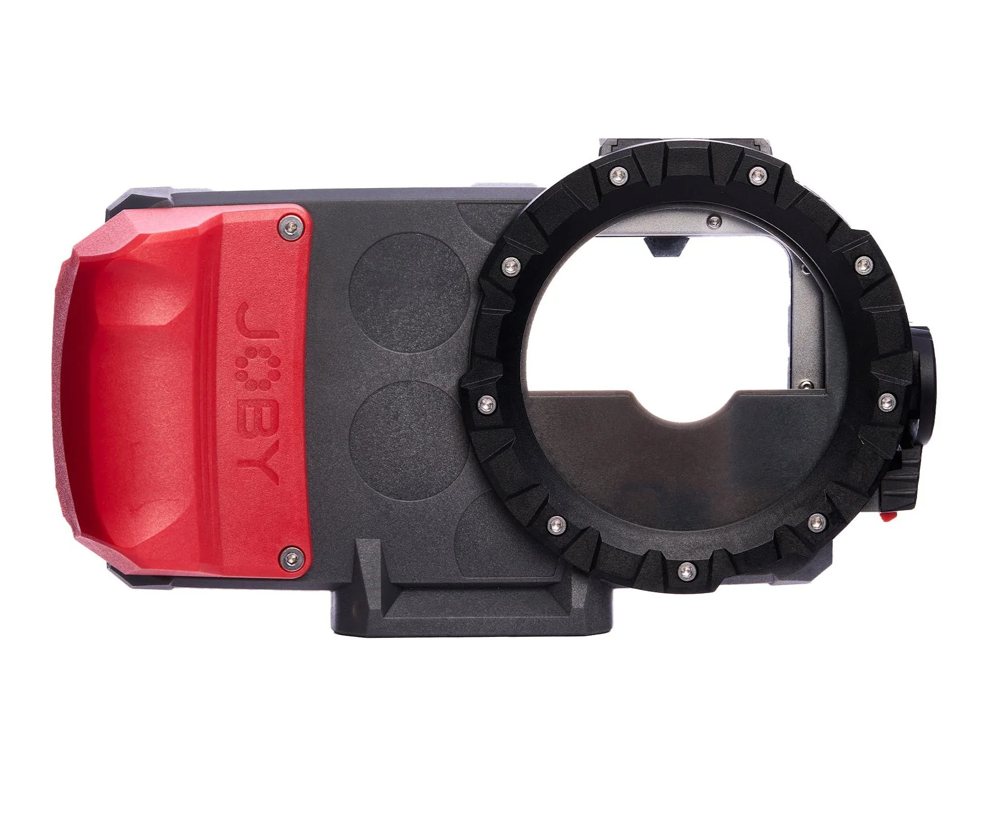 JOBY SeaPal Waterproof Phone Case for iPhone & Samsung
JOBY SeaPal Waterproof Phone Case for iPhone & Samsung
- Price A$ 294.95
In the Directory



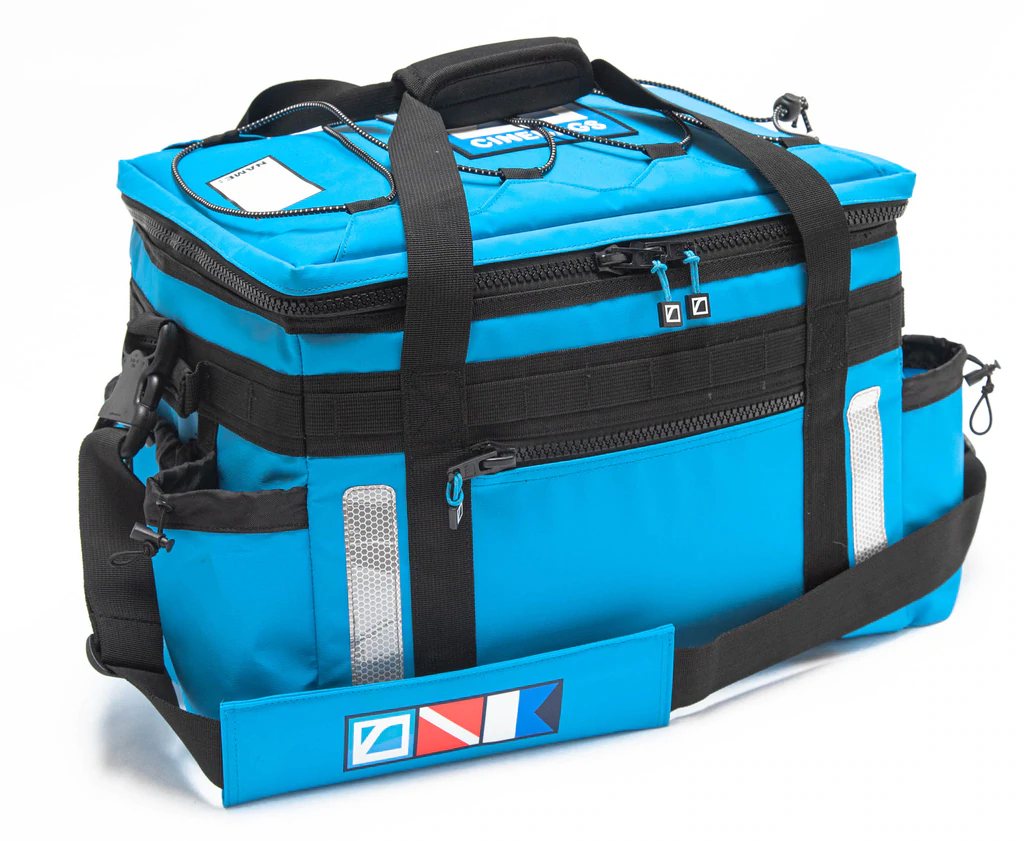
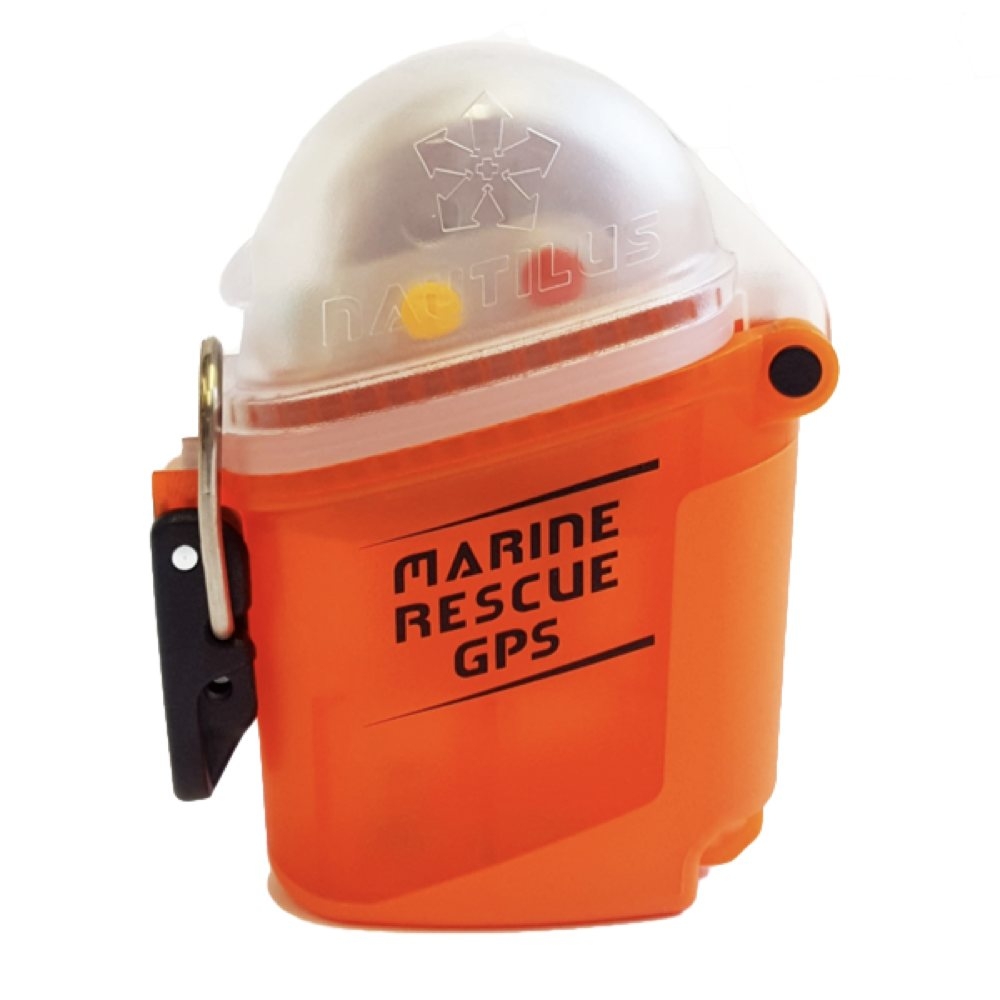

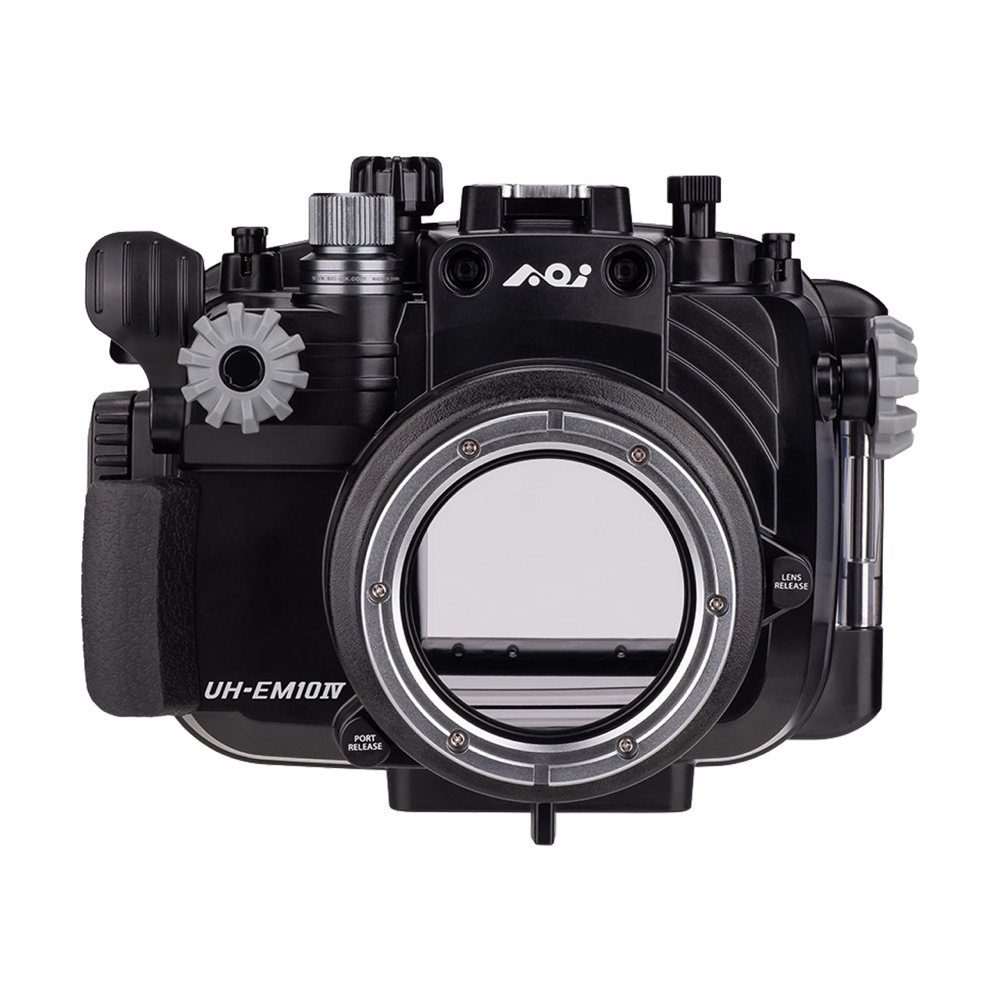
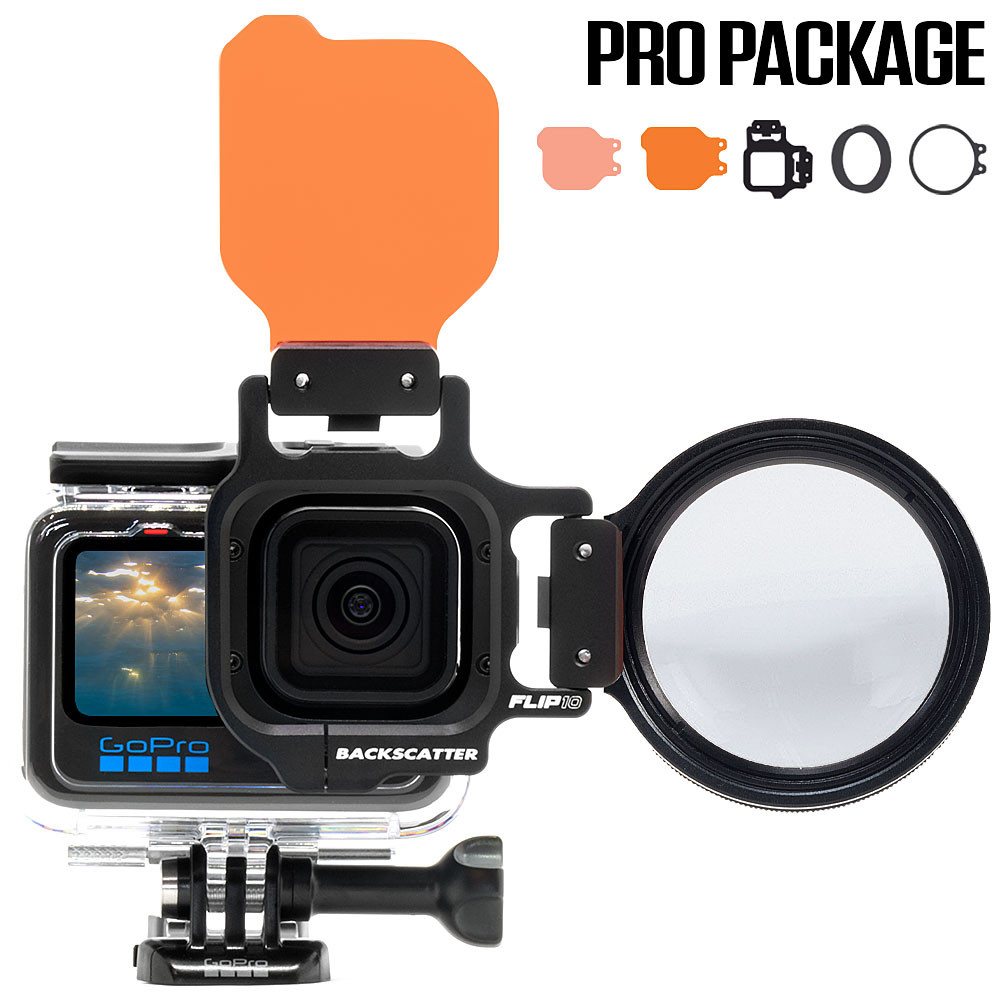
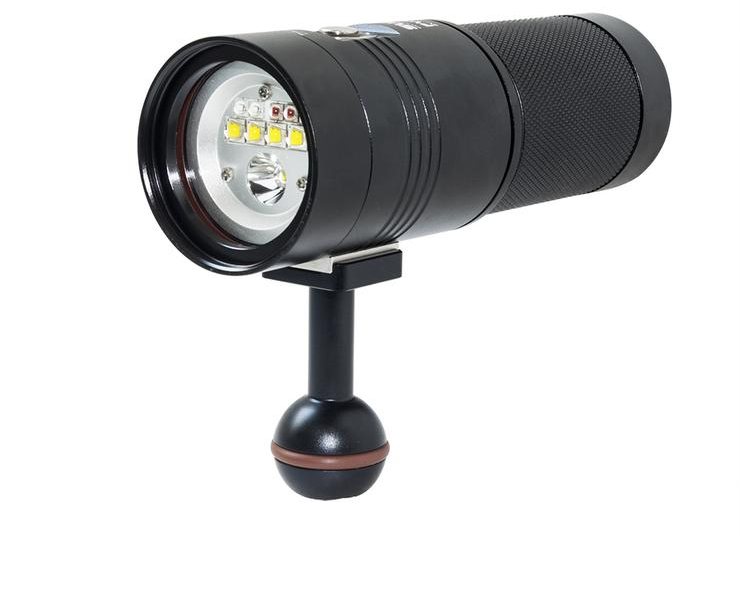
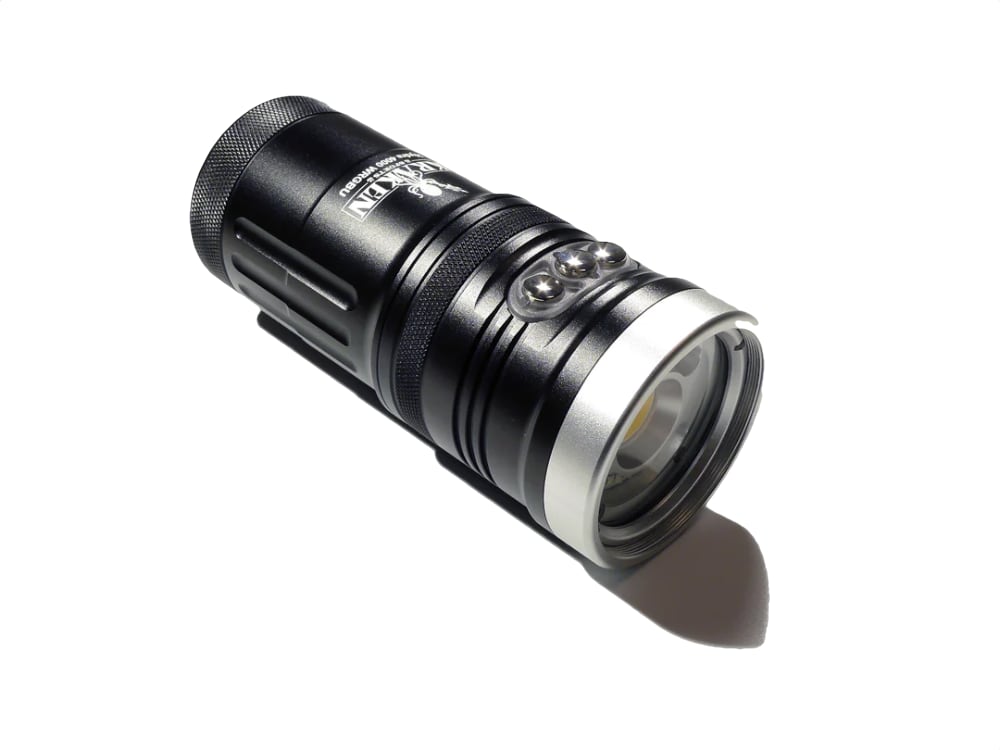
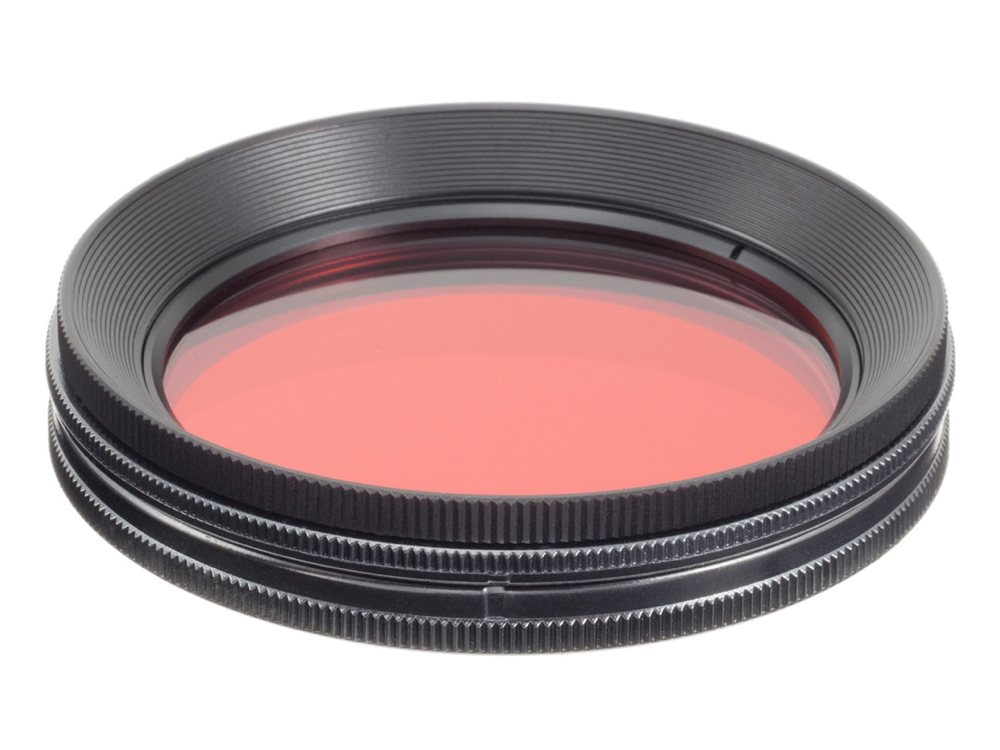



 AOI UH-UPL10R Underwater Housing for Olympus Pen E-PL9/E-PL10 - NEW VERSION
AOI UH-UPL10R Underwater Housing for Olympus Pen E-PL9/E-PL10 - NEW VERSION 



